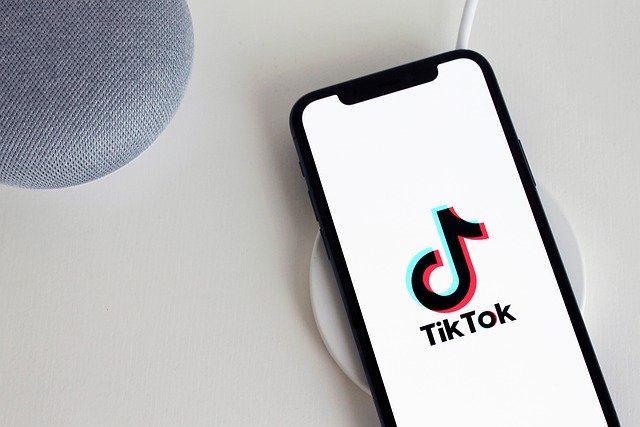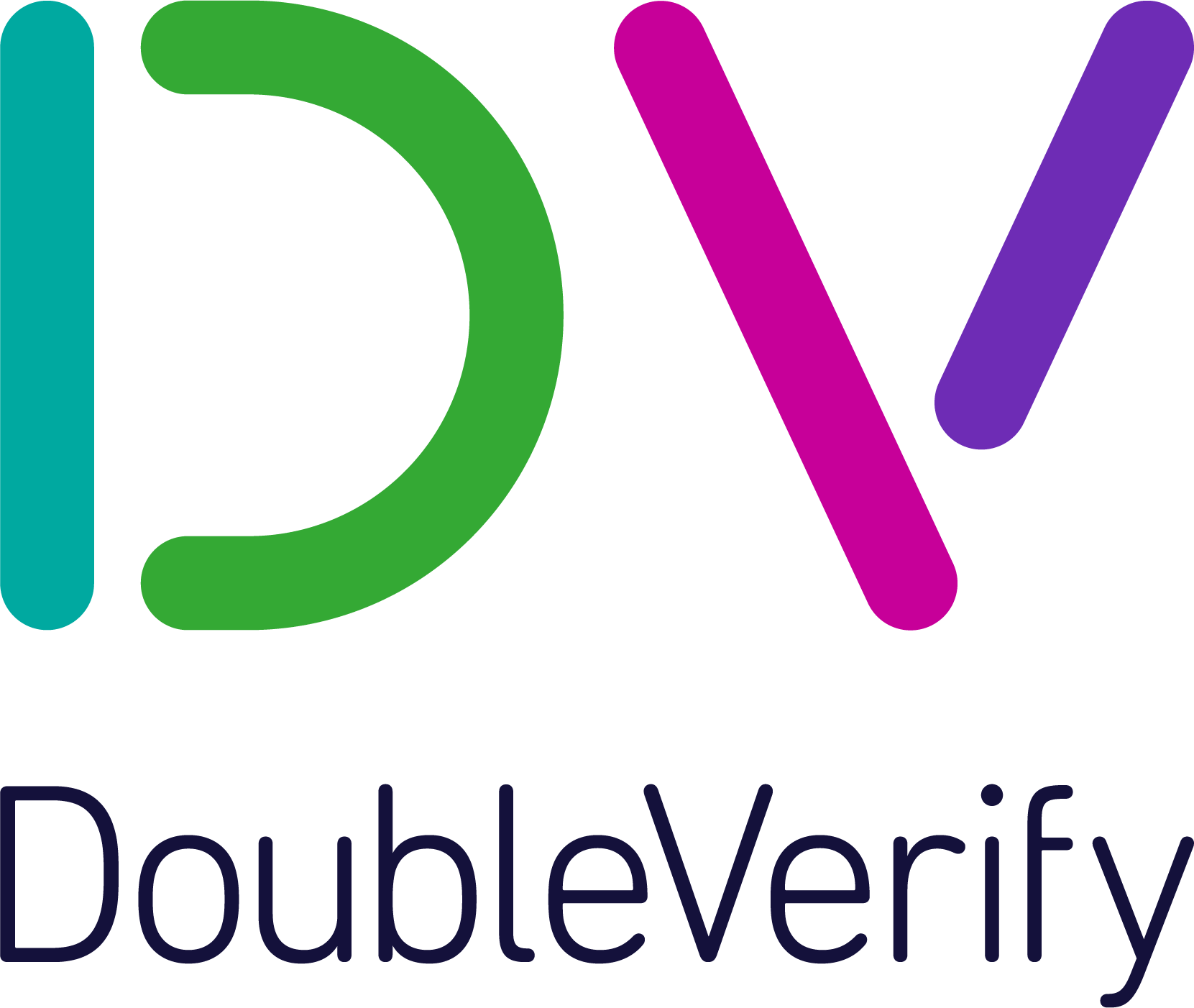New study from DoubleVerify shows a shift to contextually-relevant advertising can unlock the opportunity presented by skyrocketing content consumption online
DoubleVerify (“DV”), a leading software platform for digital media measurement, data and analytics, today released its ‘Four fundamental shifts in advertising during 2020’ report. This international study considers the impact that device types, evolving news cycles, and new ad technologies have had on consumers’ engagement with online brand promotions.
The study, conducted with over 10,000 respondents across France, Germany, Spain, the UK, and the US, shows that:
- Content consumption is soaring: Daily time spent consuming content has doubled globally since the start of the COVID-19 pandemic, from an average of 3 hours 17 minutes to an average of 6 hours 59 minutes. This is partly driven by a surge in CTV consumption, with almost half (44%) of surveyed consumers using CTV devices more, alongside 48% spending more time on social platforms*.
- Consumers are open to ads, but suitability is critical: Overall, 44% of consumers are trying new brands after seeing a relevant ad. Younger consumers prefer ads on social, while older groups indicate a preference on TV.
- Navigating news cycles and the risk of fake news requires nuance: 55% of consumers are less likely to purchase from a brand that advertised alongside fake news; 67% are more likely to look at an ad if it appears on a trusted news site.
- The future requires a contextual approach: Over two thirds (69%) of consumers are more likely to look at an ad that is relevant to the content they are viewing.
“This study highlights how transformative 2020 has been for advertisers. From the doubling in content consumption to the perils of navigating ever more dominant fake news cycles, these shifts highlight the critical challenges brands face this year and beyond. Never has reaching audiences, in the right place and context, been more essential to drive campaign performance. ” commented Mark Zagorski, CEO at DoubleVerify.
CTV and TikTok experience surge in content consumption
During the current pandemic, content consumption has grown dramatically. Emerging channels, such as CTV have seen accelerated growth — with 44% of all consumers using CTV devices more.
Across every channel surveyed** consumption is also up. The most significant increases are across social media, with almost half (48%) of consumers increasing time on social platforms. Overall, YouTube has seen the greatest increased interest, with 43% of consumers spending more time on the platform. Meanwhile, TikTok has seen the highest growth across the 18-24 demographic.

Consumers are receptive to ads on social or TV, but brand suitability is critical
With 44% of consumers reporting that they’ve tried a new brand product after seeing a relevant ad beside content they’re viewing, the study suggests confidence. However, the insight reinforces the need to reach consumers on the right channel, in a suitable way. Globally, respondents over 45 years old prefer to see ads on TV, while younger consumers prefer them on social media.
Market nuances also must be taken into account. For example,the study found that US consumers prefer ads on social media, whereas French, UK and Spanish consumers prefer TV, and Germans favor online news.
Across all demographics, however, it’s evident that fake news poses a serious risk to conversion, with 55% of respondents stating they would be less likely, or would never, consume a brand if the brand’s promotion appeared beside fake or inflammatory news. The study also underpins the need to support trusted, premium publishers — given that 67% of consumers are more likely to engage with an ad on the website of a publisher they know and trust.
Contextual ads resonate for consumers and regulators
More than two thirds (69%) of consumers are more likely to look at an ad that’s relevant to the content they are viewing.
Food and beverage brands receive great gains from contextual ad placements. 68% of consumers are more likely to engage with an ad for a food and beverage brand when it appears beside related content (for example content on recipes, restaurant reviews or nutrition). However, these benefits are not limited to one sector. For every brand type surveyed***, 48% or more of consumers said they would be more likely to engage with contextually relevant ads.
“This study highlights consumers’ openness to contextually-relevant ads, and the importance of trusted news during these challenging times,” said Dan Slivjanovski, CMO at DoubleVerify. “Given the complex news cycles of 2020, a nuanced approach to brand suitability is more critical than ever. Solutions that protect brand reputation and power performance, while complying with consumer privacy demands, are essential in the new normal.”




